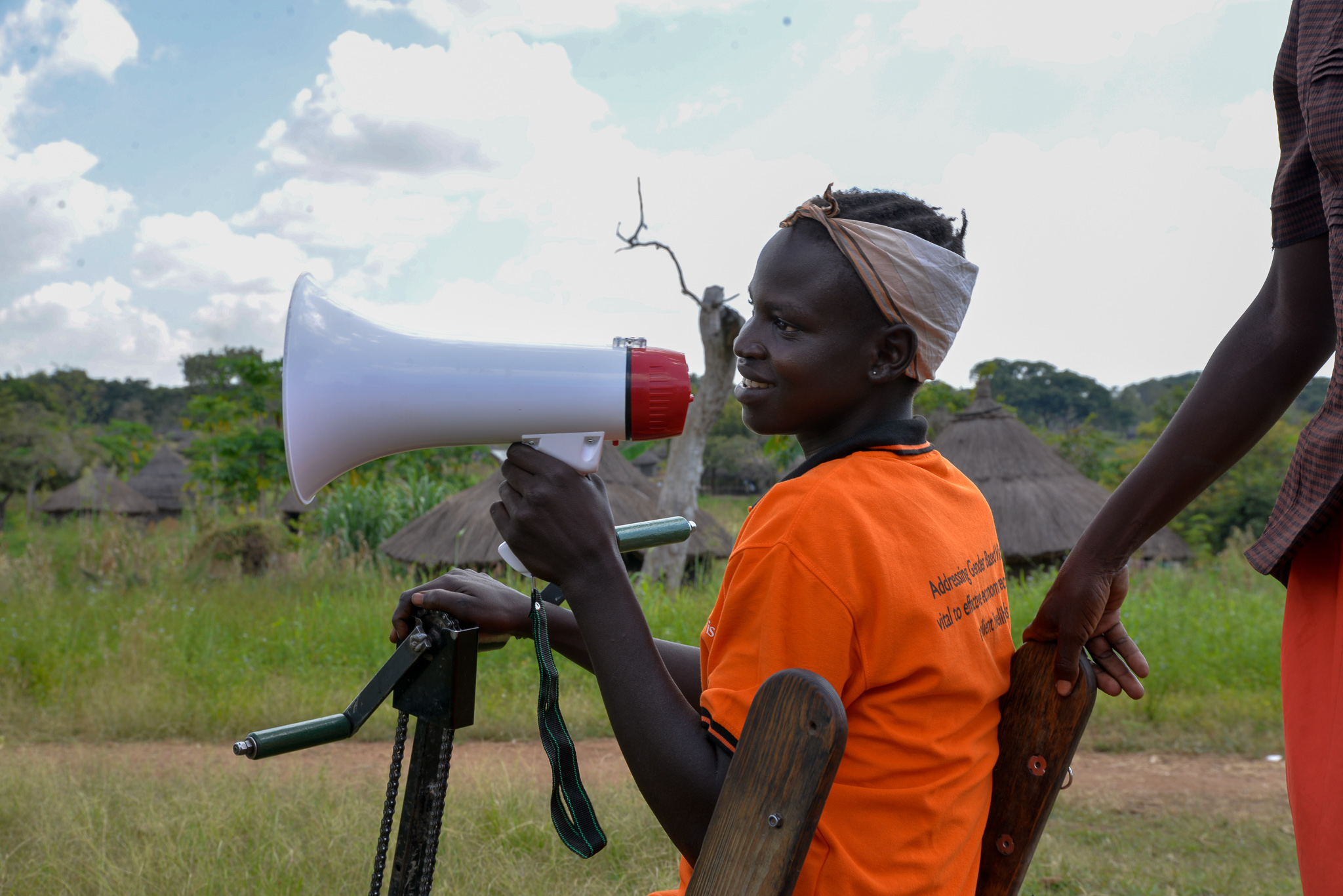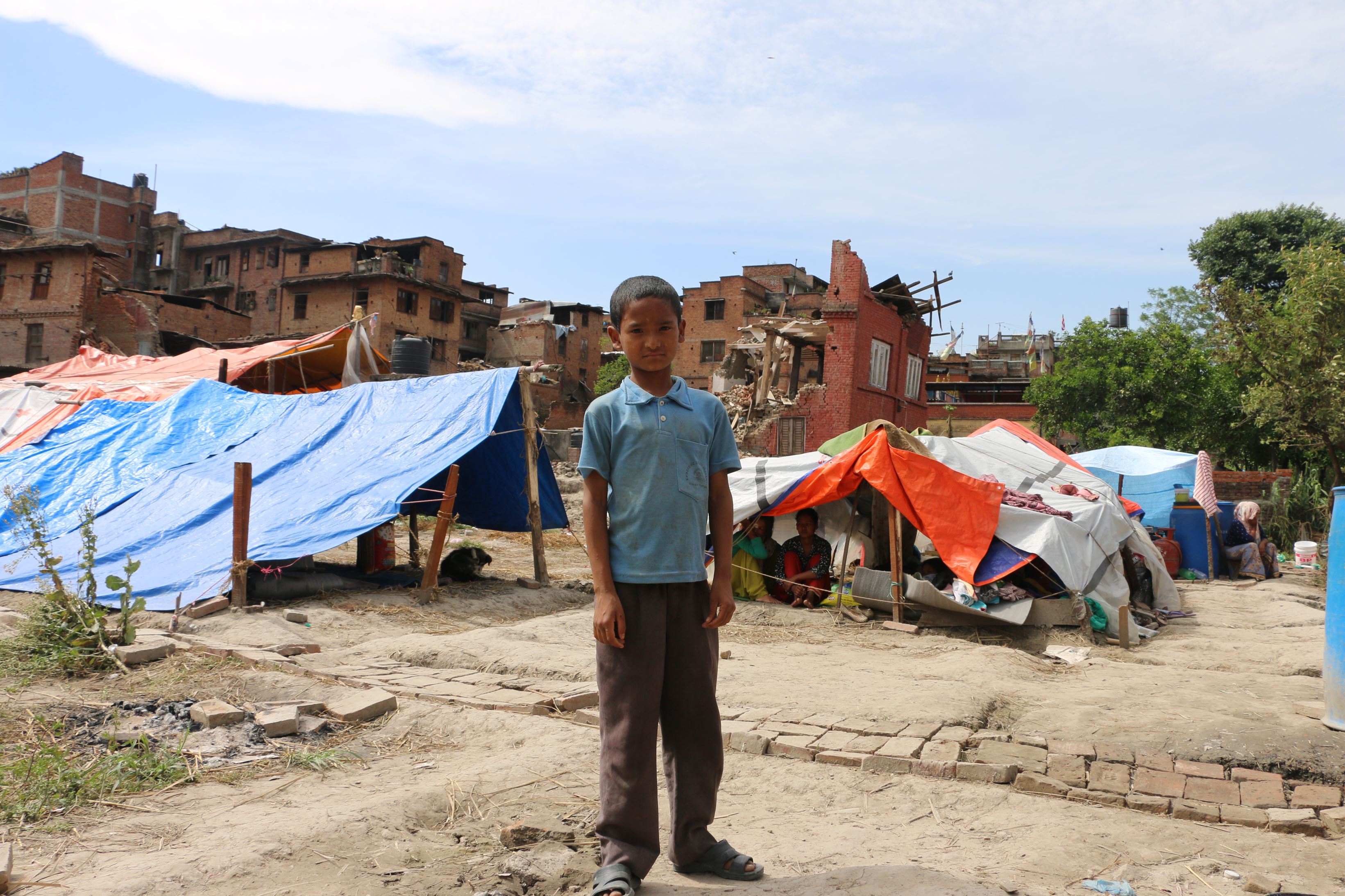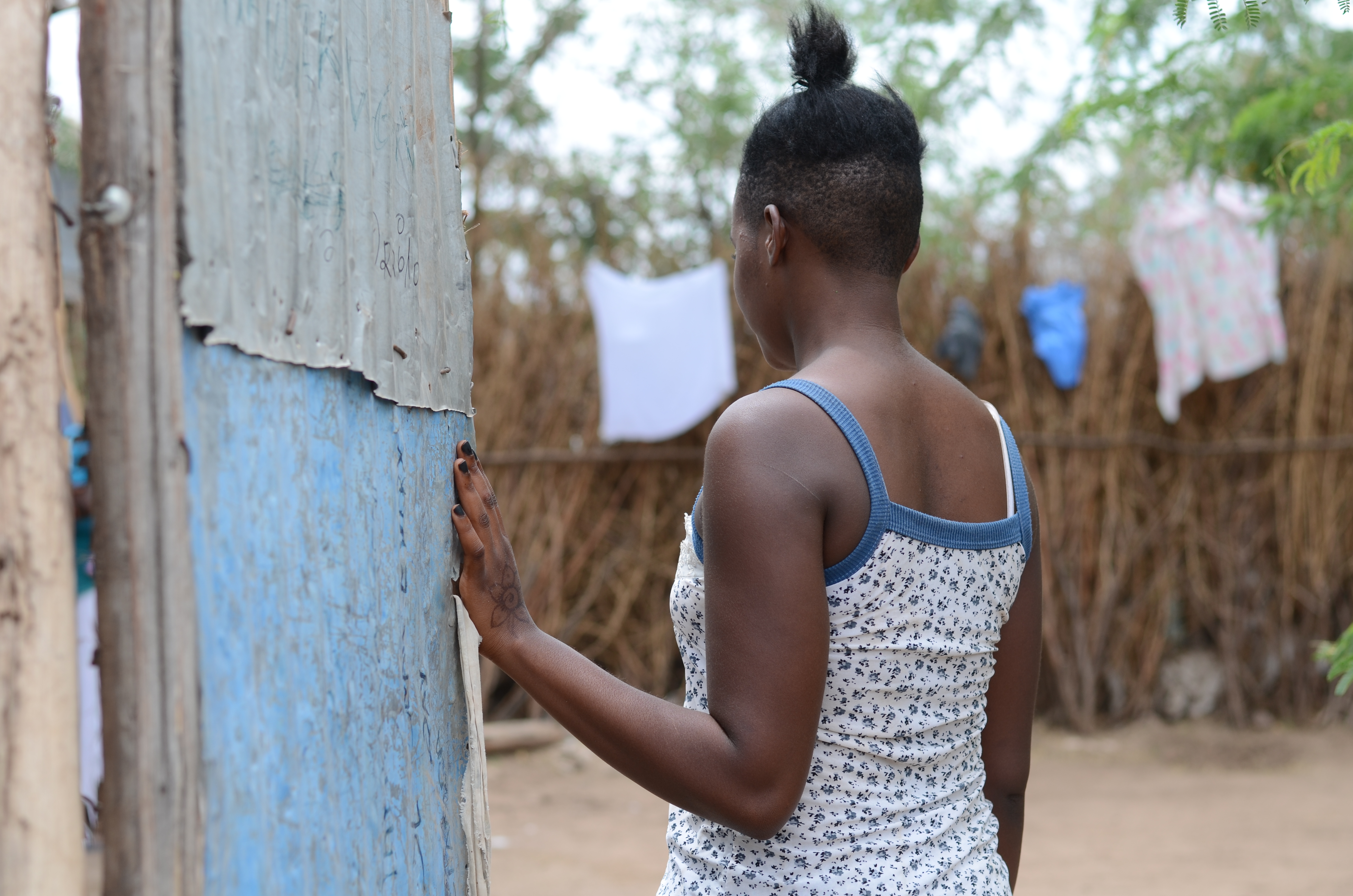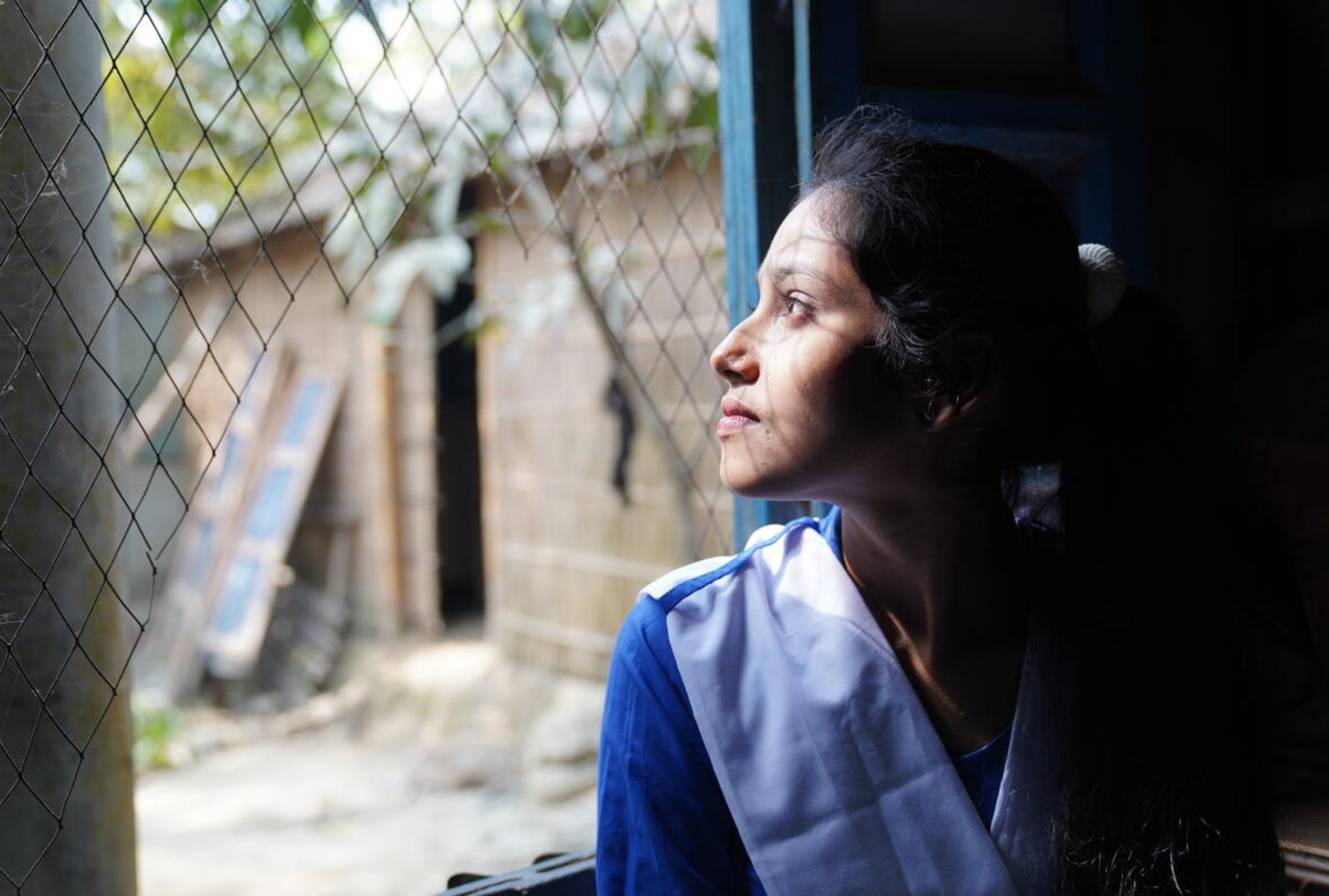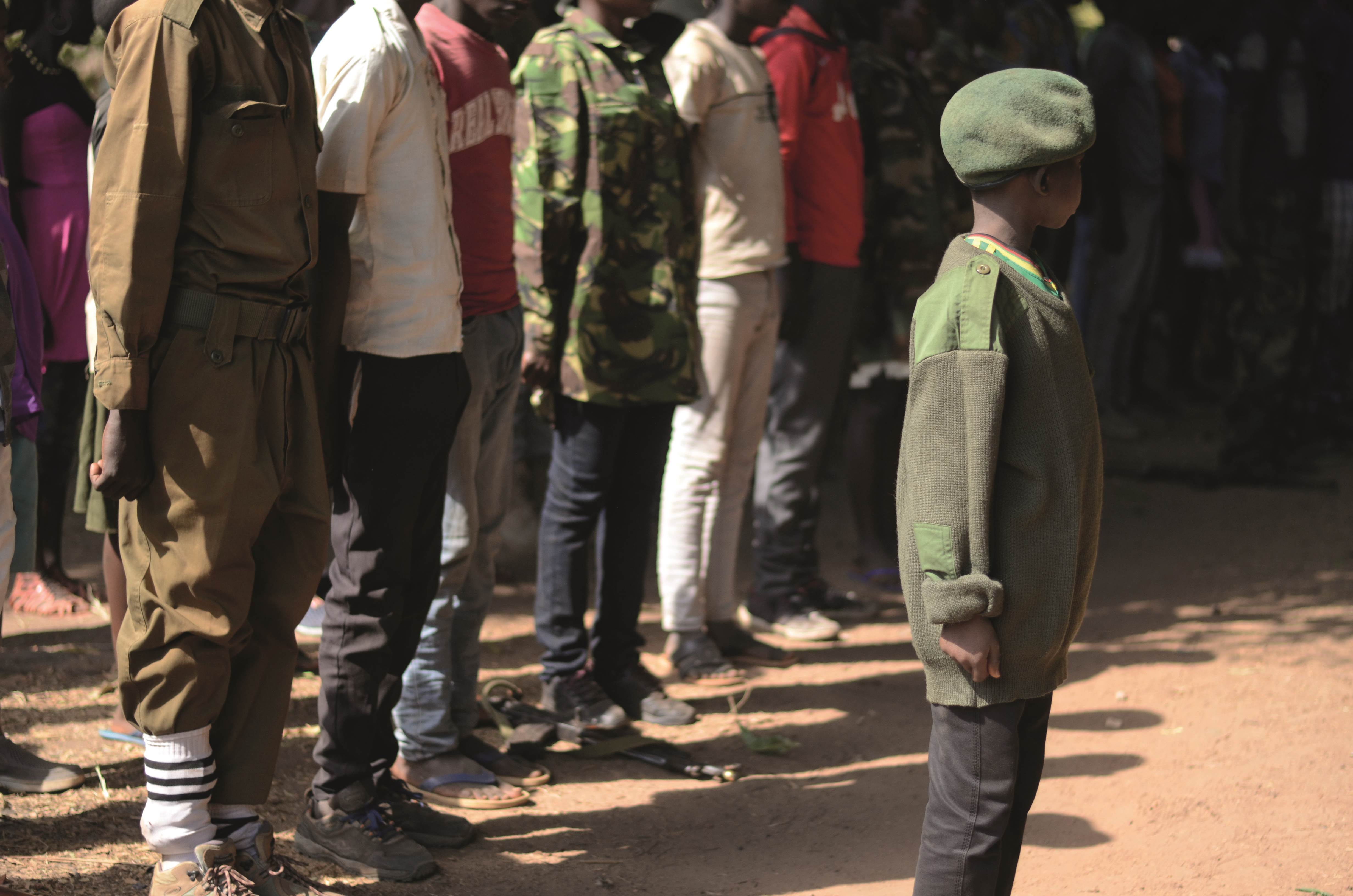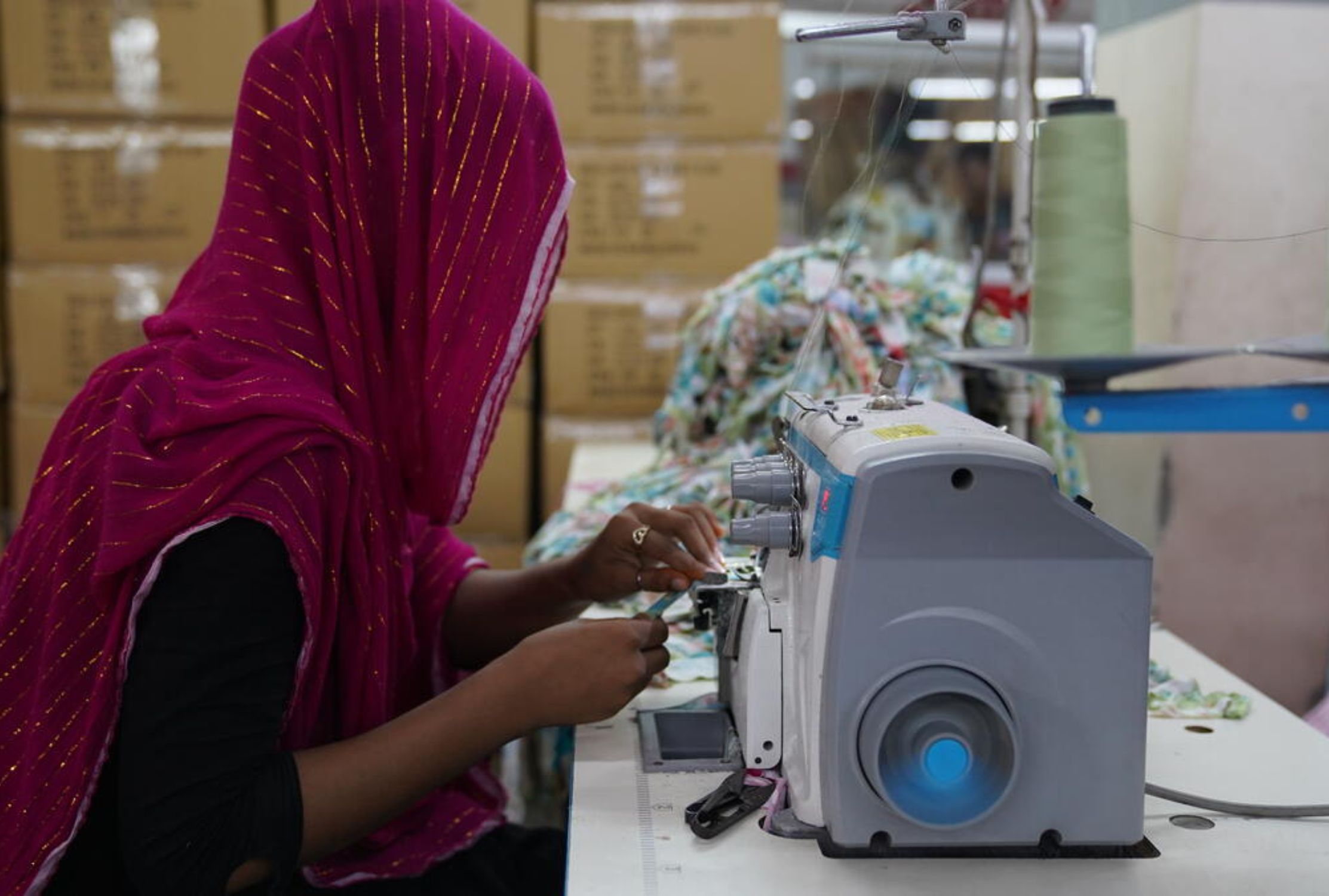Although child soldiers are often forcefully recruited, it is not actually the most common way that children become involved in armed conflict. It is usually the desperate circumstances, leading to a lack of other options, often coupled with coercion, that leads to child soldier recruitment. That's why World Vision works with children, their families and communities to tackle the root causes of the child soldier problem, and prevent them from getting involved with armed groups in any capacity.
These include:
Lack of educational and employment opportunities - In areas of armed conflict, people can find themselves in refugee camps, or in other informal settlements where education and income opportunities are severely limited. In this case, joining an armed group becomes an employment or survival strategy.
Poverty and lack of basic necessities - This is a common motivator. When food and resources become scarce, the offer of a warm bed and readily available food is difficult to resist. Poverty is also a root cause of girls becoming child soldiers, where they are often sexually exploited as ‘wives’ or become spies.
Lack of familial relationships or sense of belonging - In times of uncertainty or displacement due to armed conflict, children often leave school, their homes, villages and even countries, leading to a sense of isolation. When this happens, children may experience a loss of personal identity and becoming a child soldier provides a sense of identity in that they now belong to a community, however misguided.
Ongoing insecurity and displacement - During times of protracted violence, when families are internally displaced or have to cross borders as refugees, their lives become chaotic and disruptive. This chaos can result in separation between family members, including children from their parents. This separation leaves children without any means of safety or security, so they choose to become child soldiers as a form of protection.

